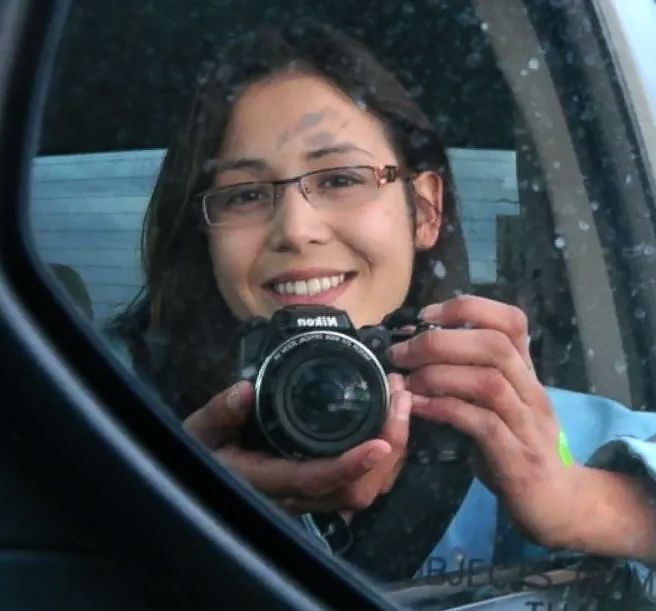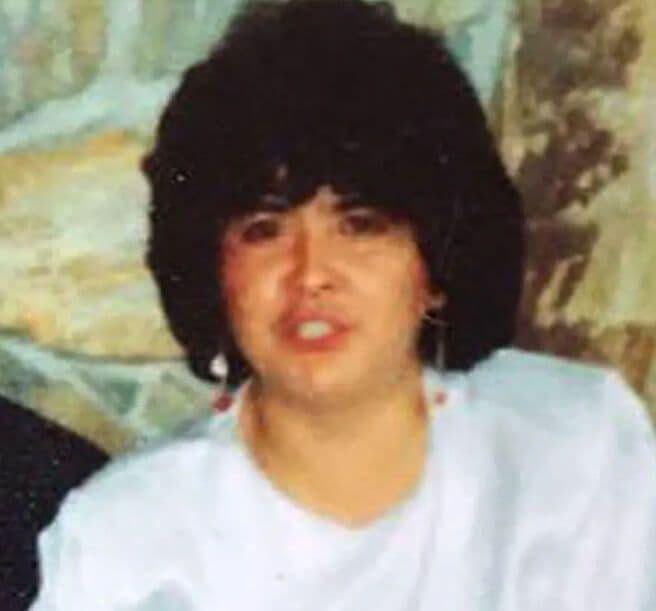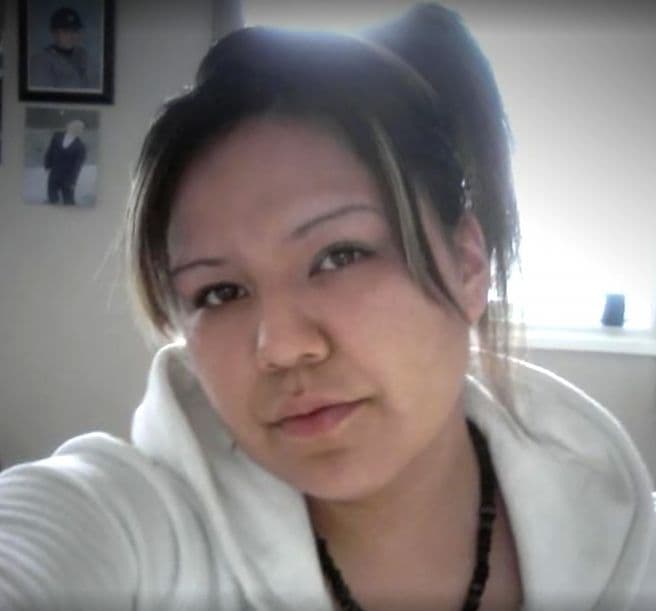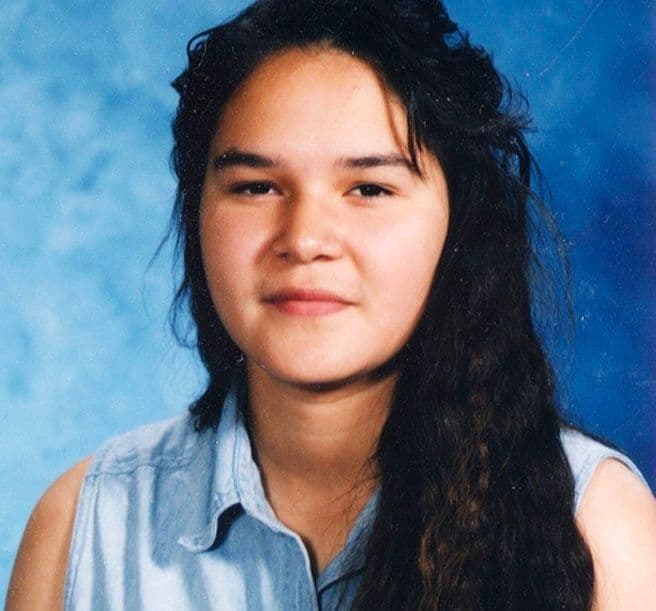Ashley Loring HeavyRunner was 20 years old when she was last seen in June 2017. Though Ashley stood just five feet two inches tall, a childhood friend described her as emotionally, spiritually, and physically strong. Her mother, Loxi Loring, called her smart, athletic, positive, and always willing to help, someone who loved horses and the rain. Ashley was a member of the Blackfeet Indian Reservation in Montana and was enrolled at Blackfeet Community College, studying environmental science. The reservation spans over 1.5 million acres, making it larger than the state of Delaware.

Ashley Loring HeavyRunner (ABC News)
Ashley’s sister, Kimberly, first sensed something was wrong after returning from a three-month trip to Morocco. The plan had been for Ashley to move into Kimberly’s apartment in nearby Missoula so they could start a new chapter together. But Ashley never contacted her upon her return, and calls and messages to her phone went unanswered. At first, the family thought Ashley might be visiting a friend or had simply lost her phone, something that had happened before. But when their father Paul was unexpectedly hospitalized for liver failure and there was still no word from Ashley, they knew something was seriously wrong. The family was close, and Ashley would never have stayed silent.
Kimberly reached out to Ashley’s friends on social media to see if anyone had heard from her. The last confirmed sighting was on the night of June 5, at a party on the reservation. A short video posted from the party showed Ashley sitting on a couch, surrounded by people drinking and chatting. On June 6, Kimberly received a message from Ashley asking for money, but Kimberly, still in Morocco, couldn’t help. She asked Ashley if she was okay, and Ashley replied that she was. The following day, June 7, someone else reported receiving a message from Ashley requesting a ride, but when they responded, they never heard back.
Two weeks later, the family received their first tip: a young woman had been seen running from a vehicle on U.S. Highway 89, which runs through the reservation. The area is remote, surrounded by swamps and dense forest. Blackfeet Law Enforcement and the Bureau of Indian Affairs (BIA) conducted a three-day search but found nothing of significance.

Ashley Loring HeavyRunner and her sister Kimberly (ABC News)
Feeling the case was not being taken seriously and frustrated by what she perceived as indifference by police officers, Kimberly took matters into her own hands. She organized daily searches across the reservation and became the lead investigator on her sister’s case, taking phone calls, reading messages, and chasing down leads.
If me and my family didn't search for Ashley, I don't think anybody would be looking for her.Kimberly Loring, sister of Ashley Loring Heavy Runner (ABC News).
Kimberly knew that, before her disappearance, Ashley had been struggling with the recent death of their grandfather and the breakup with her first love. In the aftermath, Ashley began experimenting with drugs and spending time with an older crowd, including a man named Sam McDonald.
Sam McDonald was one of the last known people to be with Ashley. After the June 5 party, the two went back to his cabin and stayed there together for several days. On June 11, he told her it was time to return home. As they drove, Ashley asked him to pull over so someone named "V-Dog" could pick her up. She also asked for directions to a cabin in the area, which Sam provided. He claimed he then fell asleep in the car, and when he awoke, Ashley was gone. After looking around, he assumed she had left with "V-Dog" and drove off.
“V-Dog” was the nickname of Paul Valenzuela, a man in his 50s with a criminal record. He was married to Ashley and Kimberly’s cousin, Tashina Running Crane, also known as "Tee." The marriage was rocky, and Ashley’s family later said that she and Paul had been romantically involved before she went missing. About a month after Ashley’s disappearance, Paul filed for divorce. Tee said she was unaware of the relationship until after Ashley vanished. She told investigators that she and Paul had been in Seattle around the time of Ashley’s disappearance, but Paul returned to the reservation alone on June 11. Tee told Kimberly that Paul had picked Ashley up and given her a ride to another town. When Kimberly confronted Paul, he denied it, saying Tee had been misinformed.
During a search near Sam McDonald’s property, investigators found a tattered gray sweater and a pair of red-stained boots, both appearing to be Ashley’s size. The items were turned over to the BIA, but no testing was done at the time because the agency misplaced the evidence. When the FBI later joined the investigation, they recovered the items, but any results from forensic testing have never been made public.
To date, police have not named any suspects, and no arrests have been made, despite several reported sightings. Montana reporter Rachel CrowSpreadingWings said she saw Ashley weeks after her disappearance. Rachel had pulled over to pick berries when a disheveled young woman approached and asked what she was gathering. The woman looked exactly like Ashley. A man stood nearby on the road, also disheveled and seemingly intimidating. Rachel felt the young woman was afraid of him. When asked, the woman said her name was "Ashley." Feeling uneasy, Rachel left and reported the incident to police, but never received a follow-up. When she called the FBI later to check on the tip, she was told there was no record of her report.
Kimberly eventually testified before the U.S. Senate about her experience, the investigative failures, and the systemic mishandling of her sister’s case.
From the very beginning, both the Blackfeet Tribal Law Enforcement and the (Bureau of Indian Affairs) have ignored the dire situation that Ashely is in and have allowed the investigation to be handled in a dysfunctional manner. This isn’t just a reality for our family but a reality for many murdered and missing indigenous women’s families.Kimberly Loring, speaking to the Senate
Since Ashley’s disappearance, Kimberly has quit her job, moved home, and continued the search for her sister. She has conducted over 120 searches, with minimal help from law enforcement.
Kimberly continues to search every day. The case remains open and unsolved.




